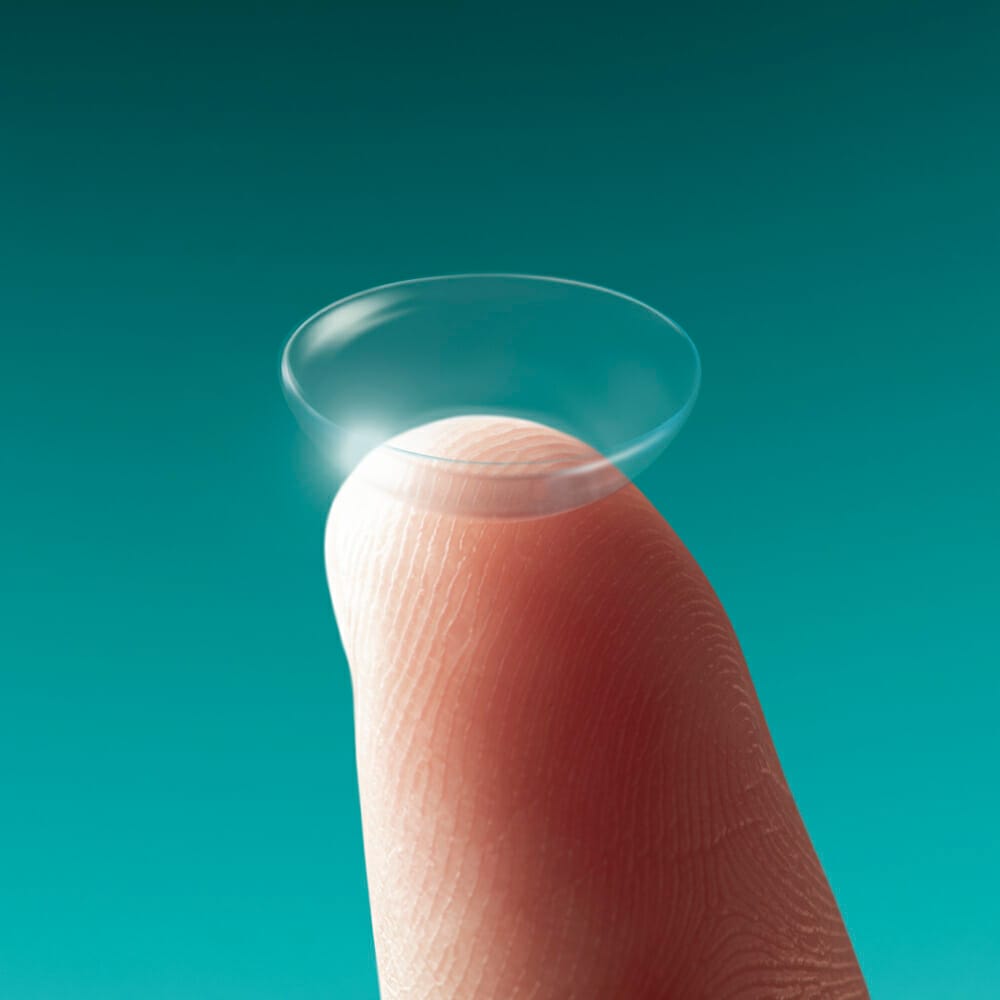The Gold Standard in the Treatment of Corneal Ectasia
For many years, the treatment of corneal ectasia has been a challenge for many eye care professionals. However, thanks to modern eye care advancements, the landscape of corneal ectasia treatment has drastically changed for the better.
We specialize in fitting advanced, medically necessary contact lenses, specifically custom scleral lenses. These lenses have emerged as the gold standard in the treatment of corneal ectasia and other corneal irregularities. Unlike traditional contact lenses, scleral lenses are designed to vault over the damaged ocular surface and create a new undamaged surface. They not only correct vision but also promote ocular surface healing and comfort.
Benefits of Scleral Lenses
One of the significant benefits of scleral lenses is that they create a pocket filled with saline, which keeps the eyes moist and comfortable all day long. These lenses can:
- Improve the clarity of your vision
- Reduce the need for corneal transplantation
- Protect the cornea from the environment and the lids
- By utilizing scleral lenses, you can mitigate the effects of corneal ectasia and experience an improved quality of life.
Fitting Scleral Lenses for Corneal Ectasia
Our fitting process involves several crucial steps to ensure maximum comfort, optimal fit, and excellent vision correction.
Comprehensive Eye Examination: We begin with a thorough eye examination to understand the precise shape and health of your cornea, along with assessing your overall ocular health.
Specialized Imaging: We employ state-of-the-art corneal imaging techniques like corneal topography and optical coherence tomography (OCT) to map the surface of your eyes. These images allow us to design a lens that perfectly fits your unique eye shape.
Custom Lens Design: Based on the detailed measurements and your specific needs, we design a custom scleral lens. These lenses vault over the cornea, resting on the sclera (the white part of the eye), and create a new, smooth optical surface.
Trial Lens Fitting and Assessment: Next, we fit you with a trial lens to assess the comfort and fit. We may make necessary adjustments to the lens design based on this trial fit.
Instruction and Follow-up: Once the final lens design is confirmed and your lenses are ready, we will teach you how to correctly insert, remove, and care for your scleral lenses. Follow-up appointments are scheduled to ensure your lenses are performing well and that you are comfortable wearing them.



















